A Woman on a Mission
The other day I went to the local hardware store buy a broom.
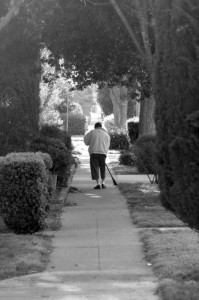 Specifically, a good old-fashioned corn broom. I’ve been using a blue plastic broom for several years, but over time it has started to disintegrate, and it’s leaving little bits of blue stuff all over. And since I suspect it will never degrade, I decided to go for a “greener” solution.
Specifically, a good old-fashioned corn broom. I’ve been using a blue plastic broom for several years, but over time it has started to disintegrate, and it’s leaving little bits of blue stuff all over. And since I suspect it will never degrade, I decided to go for a “greener” solution.
At the grocery store, that purveyor of all things useful and necessary, I had two choices: Another blue plastic broom for $10.99, or a green plastic broom with a dustpan for $7.97. (I know, that seems backwards. Go figure.)
Sigh. Both were plastic, and I don’t need another dustpan.
So I went to the hardware store.
I Love a Good Hardware Store!
This is a good old-fashioned hardware store, even if it is a franchise. They have a little bit of everything, including nails in a big revolving bin. I love a good hardware store – my late husband used to tease me that this was why he fell in love with me.
And I love this particular hardware store, because the guys who work there are great. Not just helpful, they’re cool.
Story Time
One day, I went in looking for a particular type of light bulb. I stood in front of the rack that went up about eight feet, displaying 3-way bulbs, appliance bulbs, natural light bulbs, fluorescent energy-saver bulbs, night-light bulbs, chandelier bulbs. Where were the ceiling fan bulbs that could be used base-up? Ah, way up there. When I finally saw it, I pointed at it in delight.
“It won’t come to you if you just point at it, you know,” a voice behind me said. I jumped, and turned around to see a short man with white hair behind me. He pointed at the bulb, and said, “Accio, light bulb!”
The old guy at the hardware store reads Harry Potter! I love that!
The light bulb didn’t come to him either, though, so he went to retrieve a footstool and then got it down for me. I have long since used up the light bulbs, but a good story will last forever.
Anyway.
This time I went in search of a broom, and I walked in and paused just long enough to look around and let my eyes adjust. Where would the brooms be? This wasn’t something I had shopped for here before. Before I could take another look around, a man appeared and asked if he could help me.
“I’m looking for a nice old-fashioned corn broom,” I told him. “Right this way,” he replied, and led me to the center aisle.
He took down a broom and, before he handed it to me, looked back at the rack where there was another broom next to the empty slot of the one he had just removed. The two brooms looked the same, but they had slightly different labels.
“I wonder what the difference is between these two,” he thought aloud. Price was one difference; the second broom cost three dollars more. We looked at them side by side.
“That one says it’s a Premium broom,” I said.
“Ah, it has an extra row of string holding it together,” he pointed out.
“And it’s bilingual,” I said, pointing to the English/Spanish label.
“That explains it,” he said.
Then we noticed a third broom on the rack. This one claimed to be a Professional model – it was slightly larger, had yet another row of string binding it together, and it had a soft rubber grip on the handle. We were very impressed. He said it was the Presidential model.
It cost another three dollars more than the Premium broom.
“You know, I really only need the Regular model,” I said, “and the Professional model is definitely not in my budget.”
“Yeah, I understand,” he said. “Even I don’t have a Professional budget.”
So, for $10.99, I got a plain old-fashioned corn broom to sweep my patio. And another story.
The Importance of the Corner Store
Throughout my adult life certain small businesses have endeared themselves to me with their familial feel and personal treatment. There was Sam from Jordan who ran the corner store at 9th and Irving in San Francisco in the early 80’s, Jack and Barbara who ran the kosher deli in Portland, Maine, in the early 90’s, the sushi chef at the sushi bar in the early 00’s. Now some of our local businesses know me by name – and I know them: Dave the dry cleaner, Matt and Jim at the butcher shop (yes, a real butcher!), Steve at the wine store, Kim at the art gallery. Others just recognize my face. At others, like the hardware store, I don’t go often enough for them to know me, but they always treat me like they do.
This aspect of belonging to my local community has long been important to me, but it has become even more important since the economy began to shift three years ago. I am more grateful than ever for local businesses and I go out of my way to give them as much of my business as I can. These small businesses are run by people like me, and they are a vital part of the fabric of my community.
I Wonder…
I wrote on September 11 this year about the importance of community and connectedness and my sense of “We’re All In This Together.” Now I’m curious:
Do you shop locally? How do you support and show your love to the small businesses in your community? Do you have a small business? How do you love your customers?
What about your virtual community? Who are the members of your virtual community that you support through blog comments, retweets, promoting their businesses to others, and purchasing their books, music or webinars?
We’re all in this together. What stories do you have? How do you live it?
To sign up for updates Click Here.
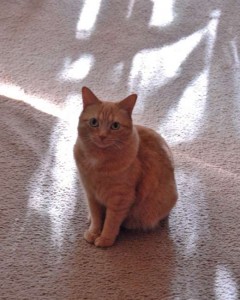
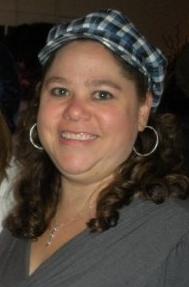

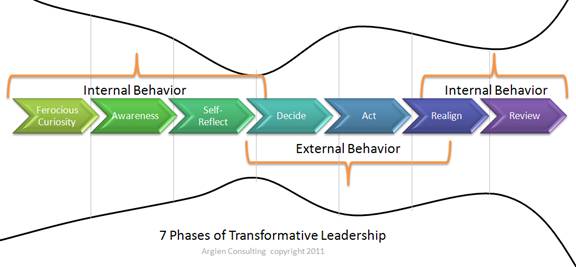
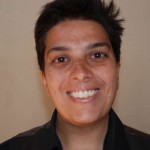
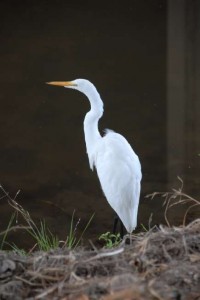
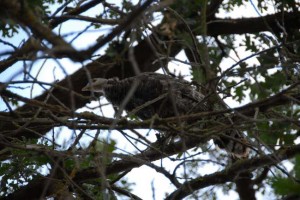

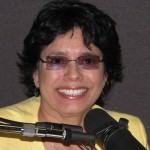


 Twitter
Twitter LinkedIn
LinkedIn Facebook
Facebook